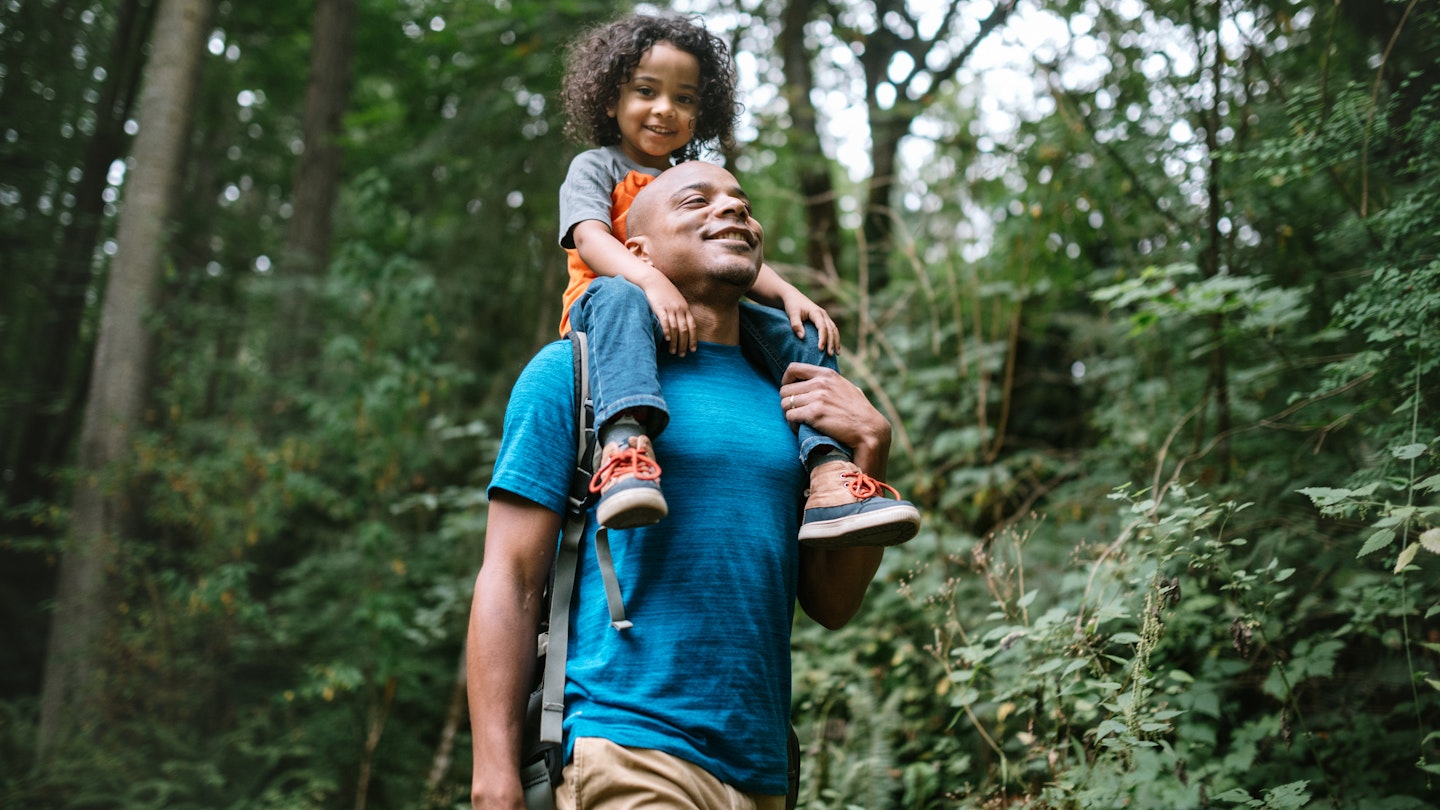Discover Washington State: A Year-Round Adventure
Washington’s nickname, the Evergreen State, perfectly captures its essence. This fantastic region is filled with alpine meadows, lush forests, and vibrant flowers, all thanks to its abundant rainfall. Known for its drizzly weather, this corner of the Pacific Northwest, especially its largest city, Seattle, seems to thrive in moisture.
However, the real charm of Washington lies in its diverse landscapes, divided by the Cascade Mountains into two distinct environments. The western side is characterized by vibrant, green forests stretching towards the Pacific Ocean, while the eastern part of the state tends to be warmer and drier. This stark contrast means that while the Olympic Peninsula may experience up to 150 inches of rain annually, the eastern regions see less than 10 inches.
Temperatures also vary throughout the state. In Western Washington, summer temperatures rarely exceed 80°F, while winters hover around 45°F, with occasional colder nights. Eastern Washington can experience up to 300 sunny days a year, making it ideal for visitors. Here’s a detailed look at the best times to experience Washington.
Peak Season: July and August
The warmest and driest months in Washington are July and August, marking the high season for travelers. During this period, visitors enjoy mild weather and open campgrounds, making it perfect for outdoor activities like hiking, camping, and enjoying local wines.
Winter Wonderland: November to March
The period from November to January is characterized by cold temperatures and substantial rainfall, averaging 5-6 inches of precipitation. While campgrounds are typically closed during this low season, it’s prime time for winter sports enthusiasts. Skiing can commence as early as mid-November and often lasts until March, with higher elevations retaining snow into July. Washington boasts excellent ski resorts, and cross-country skiing and snowshoeing options are plentiful.

The Shoulder Seasons: April to June and October
April to June and October, the shoulder seasons, present quieter times for travel. While they might be damp, particularly in spring and early fall, visitors willing to brave the weather can find open campsites without long wait times at popular attractions.
Spring Activities: January to March
In January, Western Washington often experiences cloudy days. However, for winter sport enthusiasts, this is ideal as the high elevations transform rainfall into perfect powder. As spring approaches in March, the landscape starts showing signs of life, making it a great time for hiking and exploring nature.
Summer Thrills: July and August
July marks the official beginning of summer, complete with warmer temperatures and exciting outdoor adventures. Water sports such as sea kayaking around the San Juan Islands or immersing yourself in the beauty of Mount Rainier is a must. August continues the trend of warmth and is ideal for camping on the coast.

Fall Exploration: September to October
As fall sets in, September brings beautiful colors, and most outdoor areas remain open. This is a wonderful time for those seeking quieter hiking experiences. October may surprise with warm days and stunning fall foliage before the chill of winter sets in.
Winter Sports: November to December
November ushers in the ski season, and by Thanksgiving, many resorts are typically open. December lights up the holiday spirit, with festive events and cheer filling Washington’s towns.
Plan Your Visit to Washington
From summer adventures to winter escapades, Washington State offers a wealth of activities year-round. Make the most of your trip by exploring everything this diverse state has to offer.




